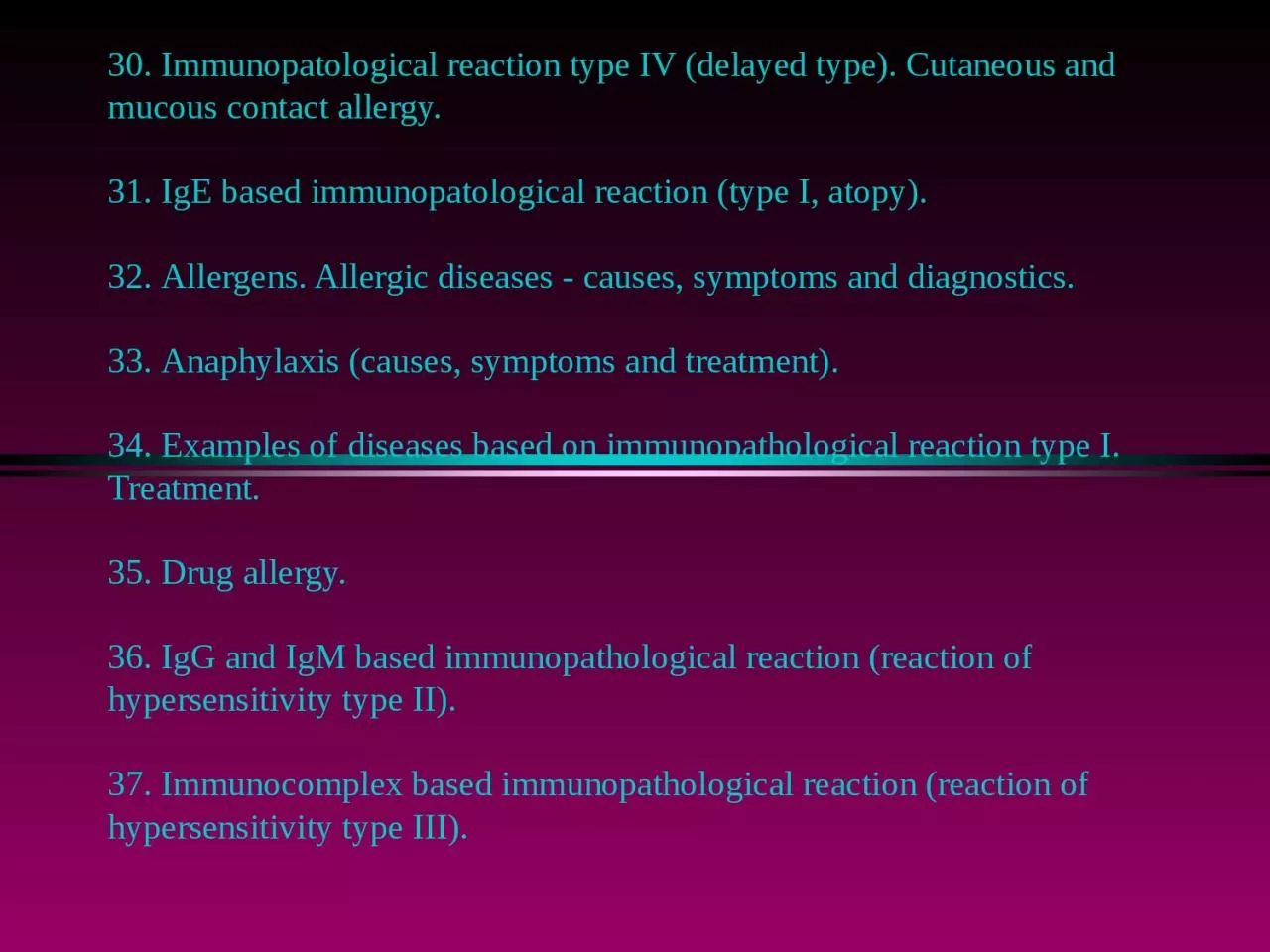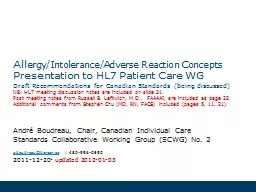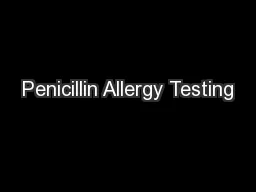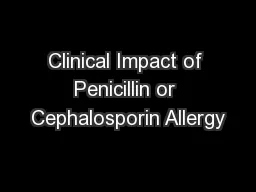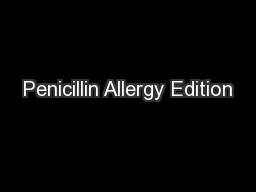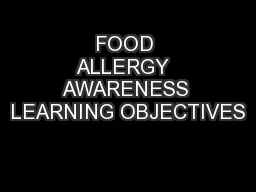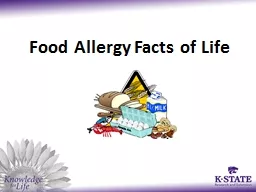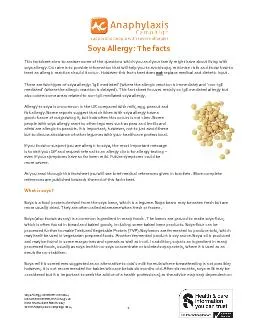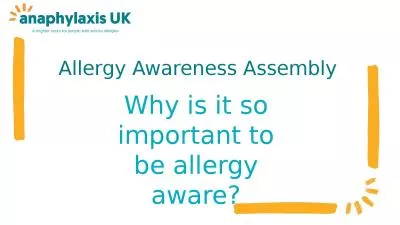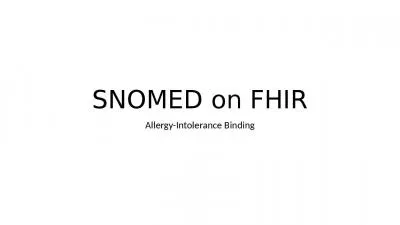PPT-30. Immunopatological reaction type IV (delayed type). Cutaneous and mucous contact allergy.
Author : KittyCat | Published Date : 2022-07-28
31 IgE based immunopatological reaction type I atopy 32 Allergens Allergic diseases causes symptoms and diagnostics 33 Anaphylaxis causes symptoms and treatment
Presentation Embed Code
Download Presentation
Download Presentation The PPT/PDF document "30. Immunopatological reaction type IV ..." is the property of its rightful owner. Permission is granted to download and print the materials on this website for personal, non-commercial use only, and to display it on your personal computer provided you do not modify the materials and that you retain all copyright notices contained in the materials. By downloading content from our website, you accept the terms of this agreement.
30. Immunopatological reaction type IV (delayed type). Cutaneous and mucous contact allergy.: Transcript
Download Rules Of Document
"30. Immunopatological reaction type IV (delayed type). Cutaneous and mucous contact allergy."The content belongs to its owner. You may download and print it for personal use, without modification, and keep all copyright notices. By downloading, you agree to these terms.
Related Documents

